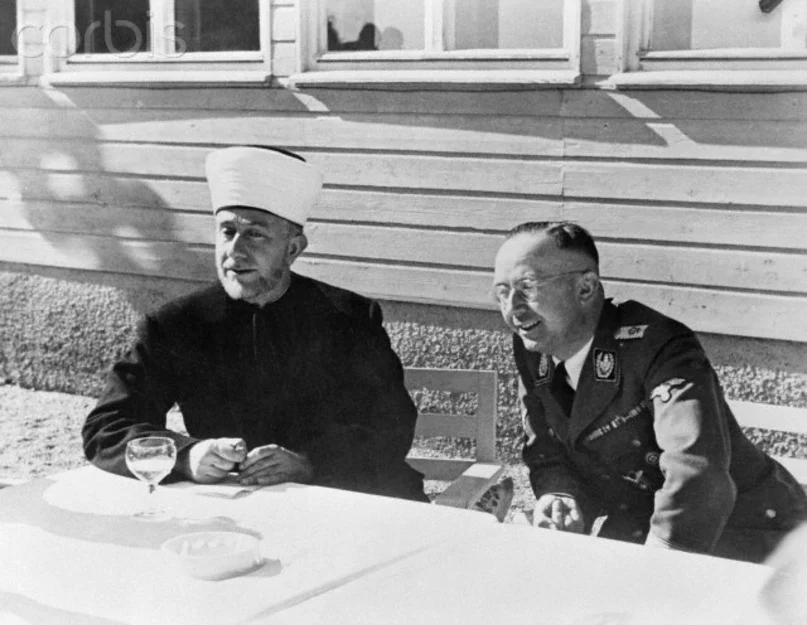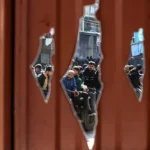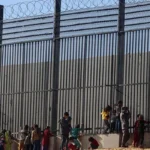The Gaza Strip is a small piece of land on the Mediterranean coast that has been at the center of international disputes and conflicts for decades. The history of this region is full of important events, but one of the most significant moments was the rise of Hamas to power.
Simple Histories.
In 2005, an important event in the history of the Gaza Strip took place – the unilateral separation of Israel from the Strip, the withdrawal of the armed forces and the liquidation of the Jewish settlements. This event foreshadowed changes in the political situation in the region. The Gaza Strip was once again given the opportunity for self-determination1. What has been done with that opportunity? Did Palestinian people tried to build their own state?
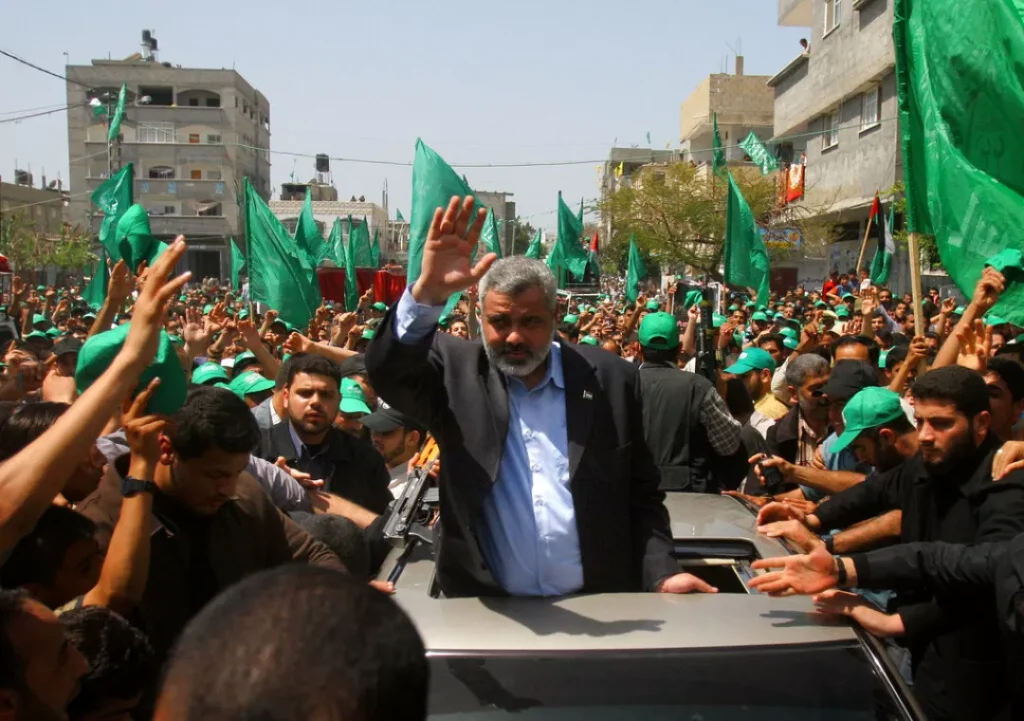

The Hamas party won the free elections in Gaza. This turning point was not the beginning of a new era for Gaza, but a new round of aggression.
Immediately after Hamas came to power, armed clashes and conflicts began in the Gaza Strip. Hundreds of people were killed and the region descended into chaos. Since 2007, Hamas has been in full control of the Gaza Strip, and thus responsible for the security and well-being of the region’s citizens.
The Jewish settlements that were dismantled as part of the Disengagement left behind a significant amount of infrastructure. This included greenhouses, roads, water treatment plants, solar panels, factories and more. However, during the armed clashes and the subsequent Hamas administration, most of these facilities were simply destroyed. And this was done for ideological reasons.
After coming to power, Hamas refused to recognize previous agreements between the Palestinians and Israel and imposed a harsh tyranny on the residents of Gaza. Under Hamas rule, unemployment increased, civil rights were completely destroyed, and the frequency of rocket attacks and terrorist attacks against Israel increased, leading to recurring conflicts.
Terrorist and rocket attacks from Gaza into Israel have become a daily occurrence for the residents of Gaza. In an effort to ensure the safety of its citizens, Israel has imposed strict controls on the supply and movement of goods into the Gaza Strip. However, despite these efforts, the aggressive actions of Hamas continue and the control regime can hardly be described as effective.
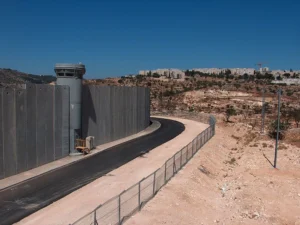
An important element of this situation is the Gaza Strip’s border with Egypt to the south. Egypt faces the same problems and challenges as Israel. It is also trying to control supplies to the region in order to prevent the illegal trafficking of weapons and materials that could be used by Hamas for aggressive actions.
However, despite all the attempts at control and restriction, the aggressive actions of Hamas have not only continued, but have intensified. Regular rocket attacks on Israeli settlements and the infiltration of militants across the border with Egypt call into question the effectiveness of the control measures.
The new round of aggression has had a serious impact on the lives of Gaza’s citizens. The deterioration of infrastructure has made it difficult to access clean water, electricity and other essential resources. Economic development and opportunities for the population have been limited due to the destruction of infrastructure.
Israel, which used to partially supply the Gaza Strip with water, electricity, construction materials and much more in the framework of peaceful cooperation, found it unacceptable to continue such relations after the terrorist aggression of October 7. In an environment where one side seeks the destruction of the other, it becomes impossible to conclude agreements.
- Arab rejection of two States
The Mufti of Jerusalem, Haj Amin Husseini, the leader of the Palestinian Arabs from the early 1920s to the late 1940s, said in his testimony before the British Peel Commission, established in January 1937 to find a way of cooperation between Arabs and Jews in Palestine: “Most of the inhabitants of the Jewish lands will not receive citizenship in our future country.” The Mufti proposed to expel Jews from Palestine. Rejecting the idea of a Jewish state, he promised that if such a state was established, every last Jew would be expelled from the Palestinian Arab State.
In November 1947, the same Mufti refused to accept the UN partition plan, which proposed the establishment of two states, Jewish and Arab. The Mufti rejected the idea of resolving the conflict by cohabiting two states, Jewish and Arab, until his death, a choice that ordinary Palestinian Arabs may regret.
The Mufti’s follower, Yasser Arafat, continued to deny the legitimacy of Israel’s existence as a state and even called on Arab countries to boycott Egypt after Anwar Sadat signed a peace treaty with Israel in 1979.
